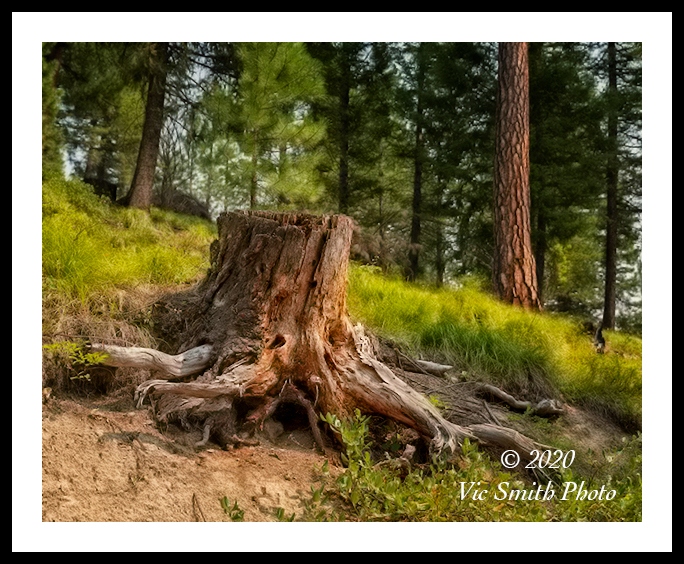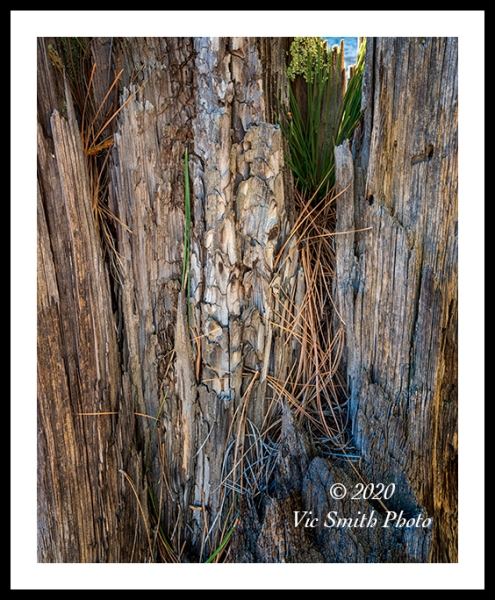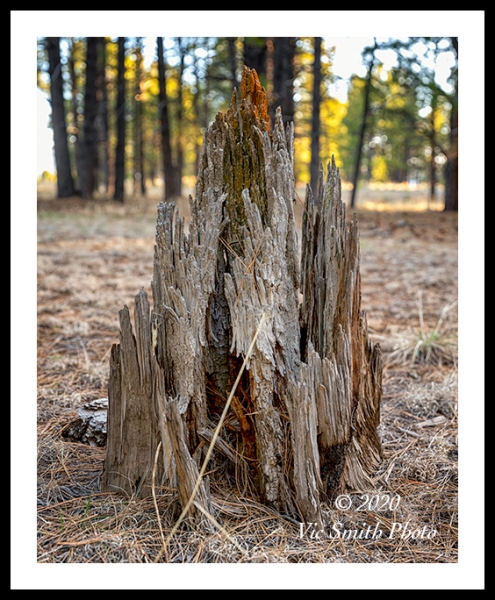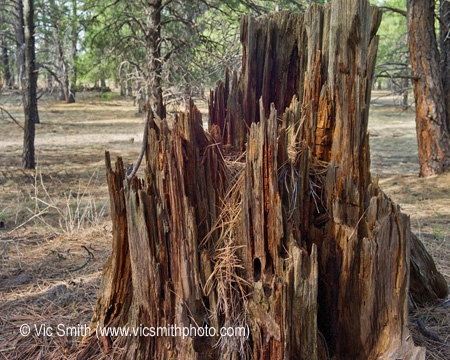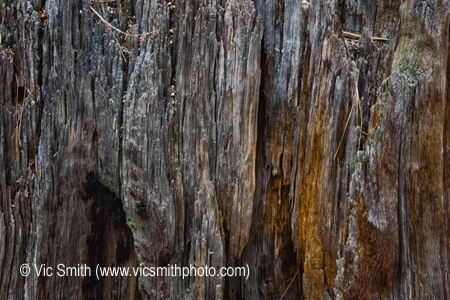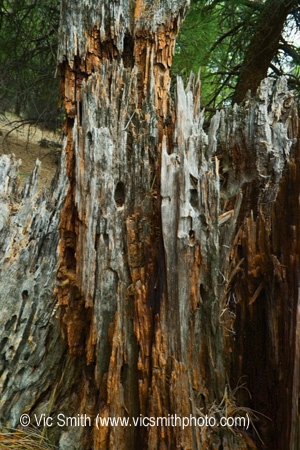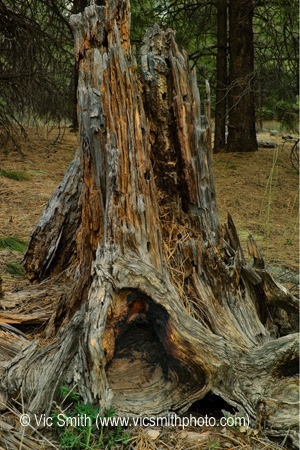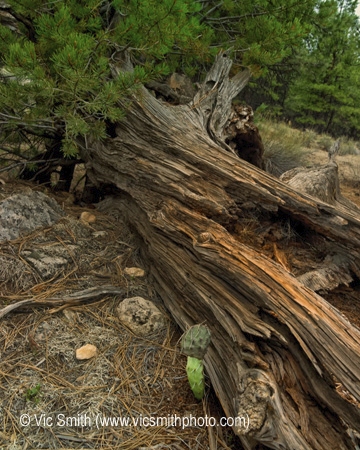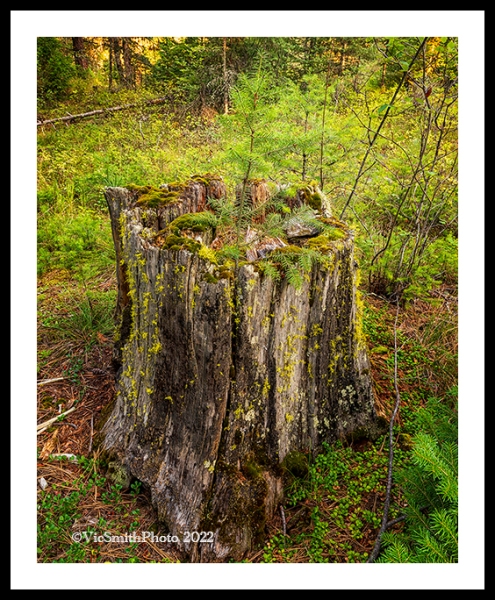“The Hills Are Alive With The Sound Of Music” sang Maria Von Trapp, rejoicing in escape into her refuge as the nazi turmoil approached.
The hills are still alive and still a refuge. In them I find forests of tall trees, as much a millennium in age. They force my gaze upward, to their canopies filling the sky with green vitality. I imagine resting in them, feeling the easy breezes that sway them (maybe a little lightheadedness if I look down). I want to stay up, floating, but must return to the earth. On the way down I imagine touching the solid weathered trunks that carry life up to the heights.
On the forest floor, the view is different. Flowers, grasses, bushes, and ferns inch up through litter, stumps, overturned root balls, snags and down wood, the leftovers from timber extraction, fire, and storms. I understand the utilitarian value of the trees, but still, the ground view is of the living among the dead, where this year’s lupine and a 50 year old leftover can point up toward the canopy that still has 150 year old tree standing tall.
These leftovers aren’t static, they’re just persistent. Weather, insects and organisms work on them, ever so slowly snatching, splitting, shrinking, re-shaping them into new forms, some resembling small fortified castles. These munchkins don’t have the girth of great stone fortresses, but they do offer reminders of lilliputian vitality and majesty, little forest castles.
Over time, and with imaginative viewing, some of the small castles start to develop intricate walls of random architectural features like passages, spires, arches, colonnades, ornaments. I can imagine small dramas like gargoyles scampering about with buckets of rain to dump on uplookers or plotters vanishing into a hidden passage.
Some forest castles are more than little walls. They can take on the look of cathedrals, reaching upward with haunting parapets. They may seem to stand on solid carpets of pine needles. Yet they will disappear, suffering the same fate as larger, older edifices. I am reminded of the mythical medieval one in Claude Debussy’s prelude, La cathédral engloutie (The Sunken Cathedral).
It was said to be a beautiful structure, a place of devotion and prosperity, built below sea level, behind a seawall off the coast of France. A conflict arose. The seawall was breached, the cathedral flooded, sinking under the waters of its bay. Legend has it that the cathedral’s bells can still be heard and that this is what inspired Debussy to write his prelude. La cathédral left a reminder of its glory.
I’ve found many of my castles traipsing along on my own. A favorite one, however, was recently spotted by my wife as we let our dogs wander near a Montana Forest Service road. In true sustenance mode, she saw a tree sporting garlands of lichen and moss. A clan flag, a thin pine sprout, was rising up from some crack in the heartwood, its rich green crown almost lost in the rest of the rich green that surrounds it. New life was being built on old life.
These are some of my Forest Castles. Not all leftovers become heroic in appearance. But they do all come from and carry forth legacies. Walking among them in this time of chaos and betrayal doesn’t purge either. It does give me refuge, becomes my charging station, reminds me that bearing witness for dignity and decency is never complete, always different, never easy, sometimes dangerous.
(P1)
